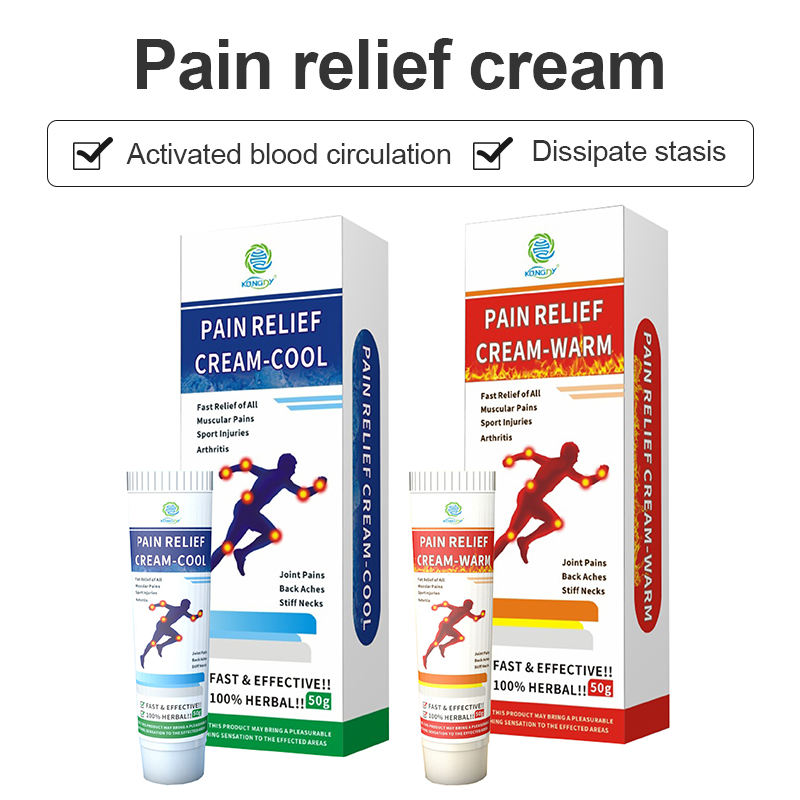Pain relief creams have become a staple in the quest for comfort and well-being. Delving into the scientific mechanisms behind these topical formulations can provide valuable insights into their efficacy and safety.
The Science of Pain Relief:
Pain relief creams work by targeting specific pathways involved in pain perception and inflammation. Active ingredients such as lidocaine, diclofenac, or salicylates act on pain receptors, block nerve signals, or inhibit the production of inflammatory substances, providing rapid relief from discomfort.
Efficacy and Safety:
Numerous clinical studies have demonstrated the efficacy and safety of pain relief creams in managing various types of pain, including arthritis, muscle strains, and neuropathic pain. These studies have highlighted their fast-acting nature, minimal systemic absorption, and low risk of adverse effects, making them a reliable option for long-term pain management.

Integrating Pain Relief Creams into Your Wellness Routine:
Incorporating pain relief creams into your daily wellness routine can optimize their benefits. Applying the cream to clean, dry skin and massaging it gently into the affected area can enhance absorption and promote deeper penetration of the active ingredients. Additionally, combining pain relief creams with other pain management strategies such as exercise, stretching, and relaxation techniques can further improve outcomes.
Conclusion:
Understanding the science behind pain relief creams empowers individuals to make informed decisions about their pain management regimen. By harnessing the efficacy and safety of these topical formulations, individuals can maximize comfort, improve well-being, and enhance their overall quality of life.






